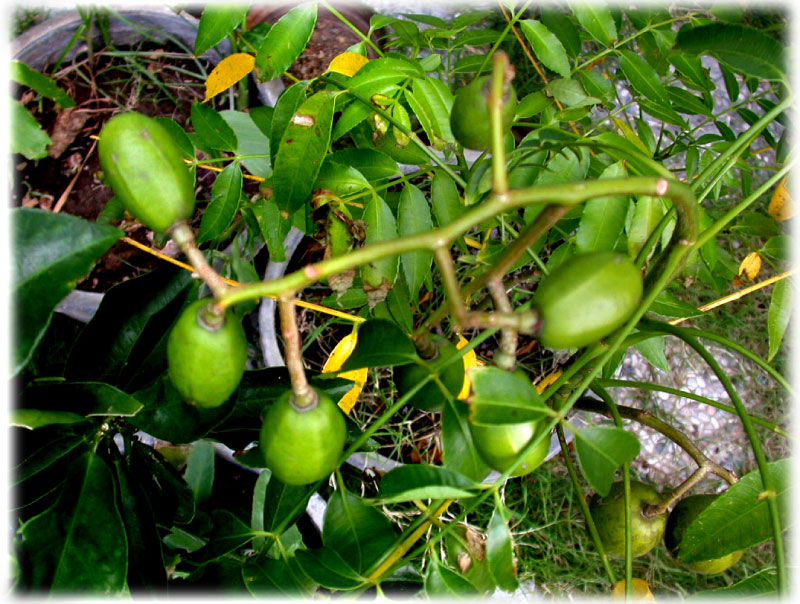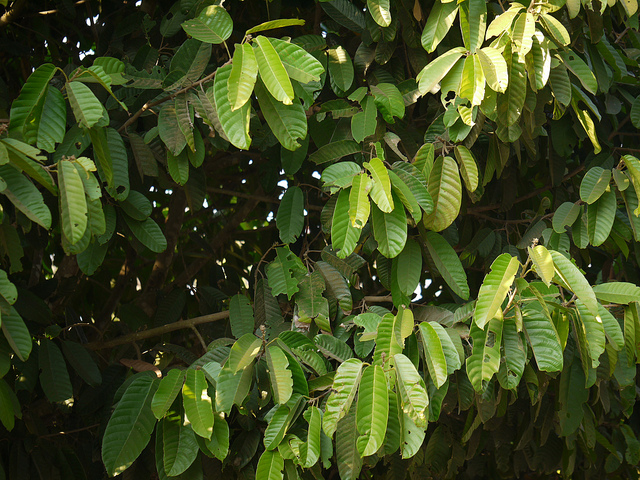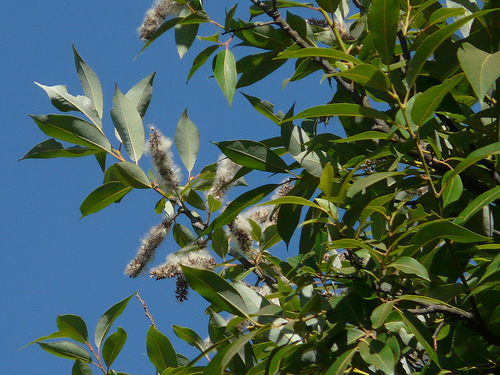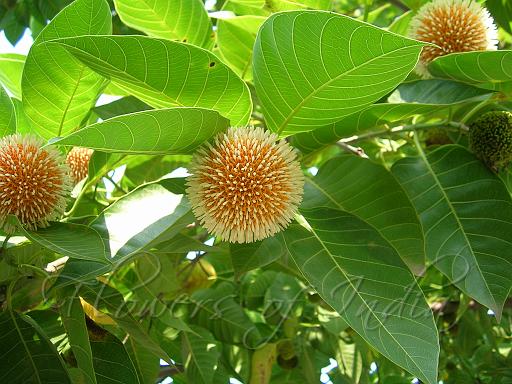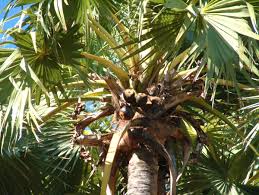 |
| Nadi Astrology: Scanning Palm Leaf Manuscripts and Predictions |
 |
| Individual's Thumb Impression is used to match with the Palm leaf manuscript bearing your Nadi Astrological Data |
Do you believe that Nadi Astrologers are able to predict your past,
present and future by using your thumb impression? Yes! It is very hard
to believe. There are people to believe that Nadi astrology is able to
predict their past and there are few to disagree with this form of
astrology.
Nadi Astrology, being claimed as an ancient form of Tamil Hindu
Astrology, is able to detail the predictions foreseen by the great
saints and sages of Tamil Nadu to all people. It is said that the sages
were able to use their yogic spiritual power and foreseen the past,
present and future of all individuals who already lived in this world or
living at present or going to take birth and to live.
The origin of Nadi Astrology manuscripts are claimed to be over 2000
years. It is believed that the manuscripts use Tamil Grantham letters
(Vattezhuttu) to record the texts in age old poetic format. The Nadi
Astrologers claim that there are about eighteen types of ancient palm
leaf manuscripts written in ancient Sanskrit language and they are
normally identified with the seven Sages and Saints (Siddhars) i e,
Agasthya, Bohar, Brigu, Kausika, Valmiki, Vasistha, and Vyasa.
The Nadi
systems were named after the Sage or Saint i e., Agasthya Nadi,
Angirasa Nadi, Atrish Nadi, Baradwaj Nadi, Bohar Nadi, Brahma Nadi,
Brigu Nadi, Gautama Nadi, Jamadagni Nadi, Kagapujandar Nadi, Kausika
Nadi (also known as Vishwamitra Nadi), Krauta Nadi, Pulahtiya Nadi,
Shiva Nadi, Suka Nadi, Valmiki Nadi, Vashist Nadi, Vyasa Nadi etc. Most
of these Nadis are not available in full form and some part might have
got destroyed or taken away by British Rulers or researchers.
 |
| Sage Agastyar |
Naadi Astrology Vaitheeswaran Koil Nadi Jeevanaadi Jeevanadi by moorthymail3
Nadi astrology scam-How Nadi leaves are made? Part 3
Reference
1. Nadi astrology http://en.wikipedia.org/wiki/Nadi_astrology
2. Did a seer from India recorded your Past, Present and Future 2000 year ago? http://WNW.nadi-astrology.org/
3. Nadi Astrology – a Primer http://ejyotish.net/wordpress/?page_id=8
Published by Muthusamy R in Religion on December 15, 2010
















